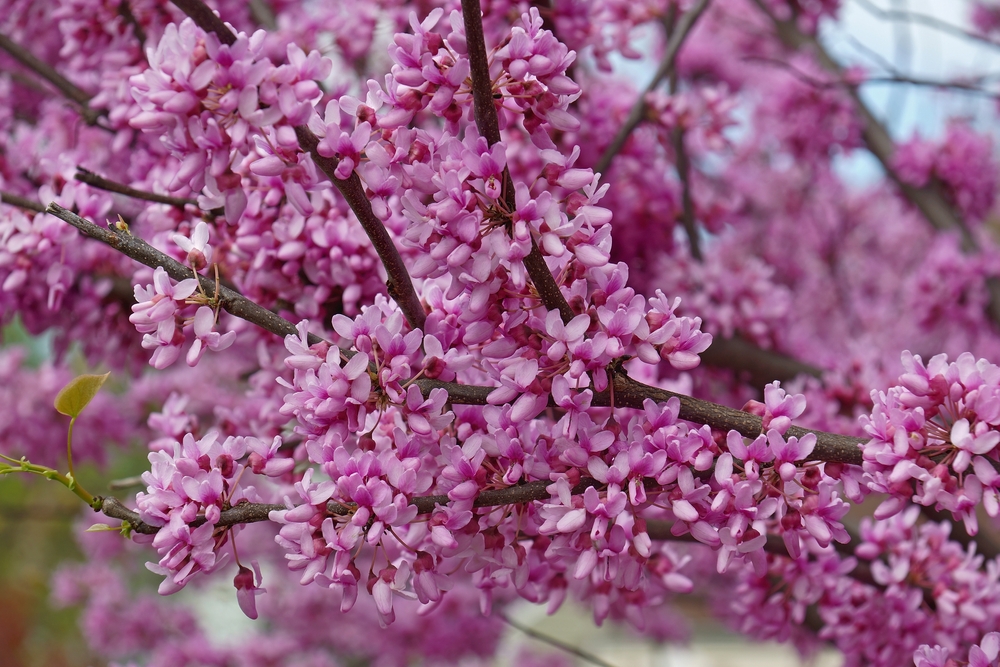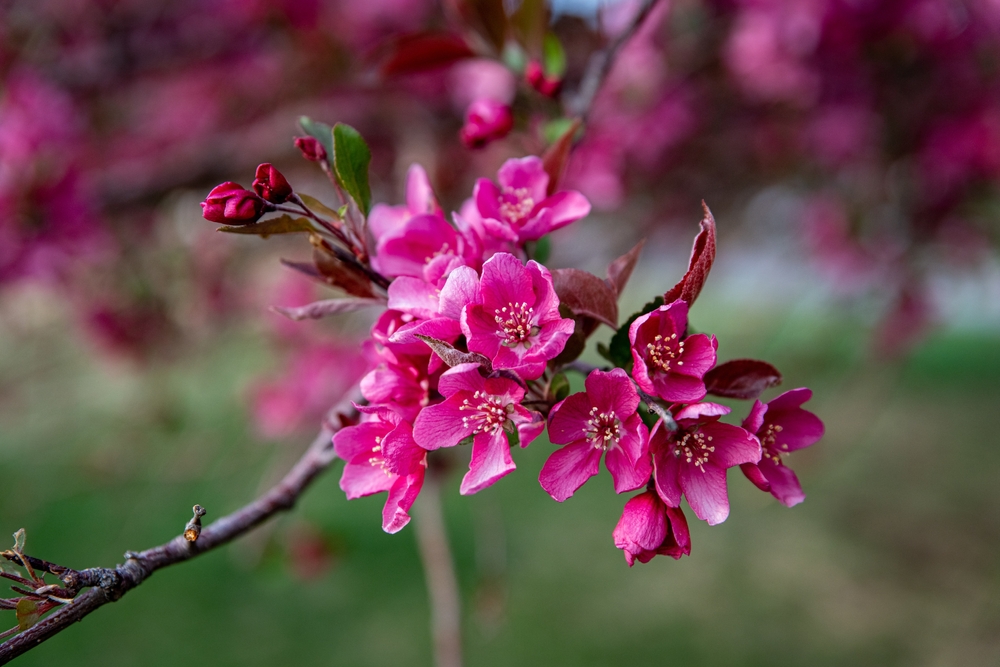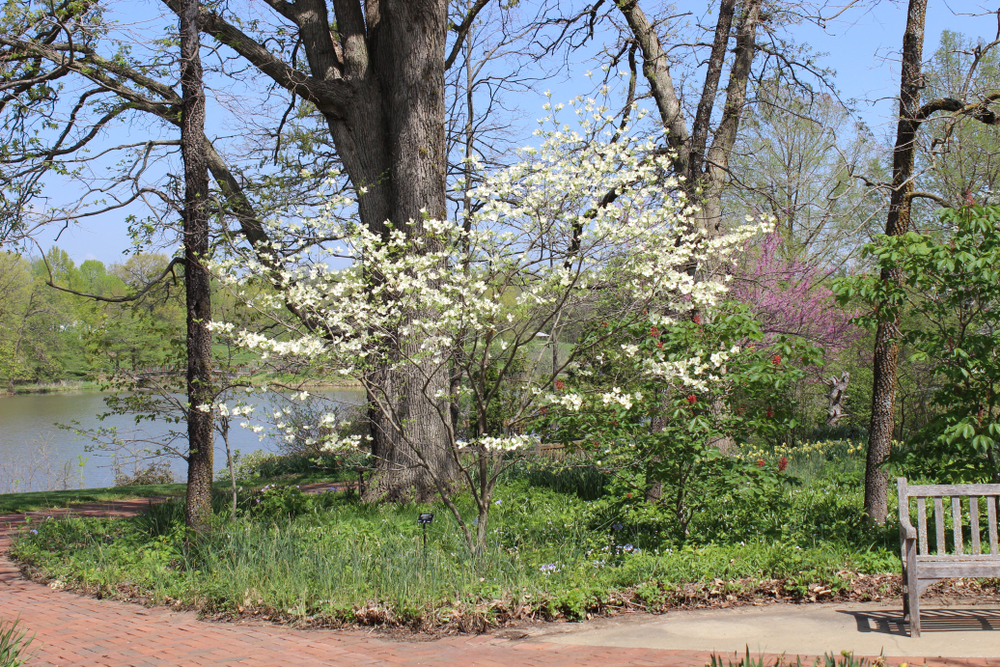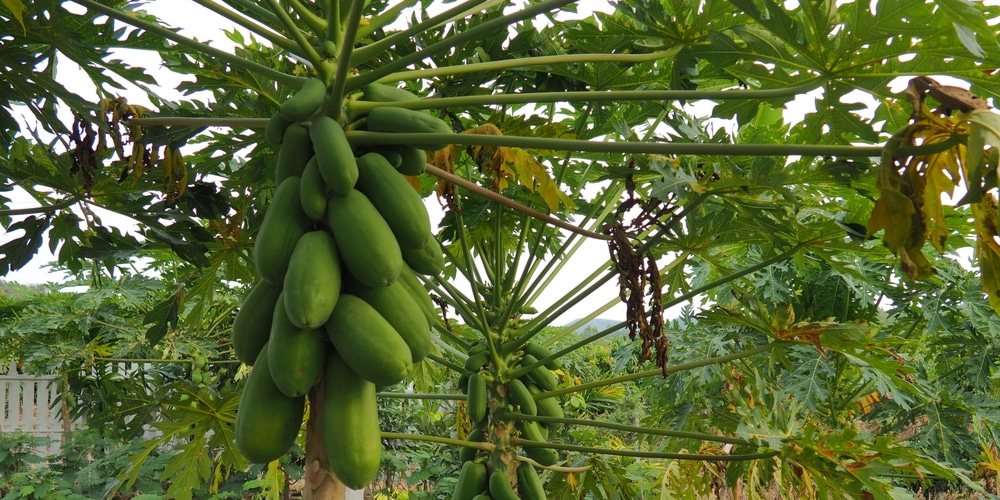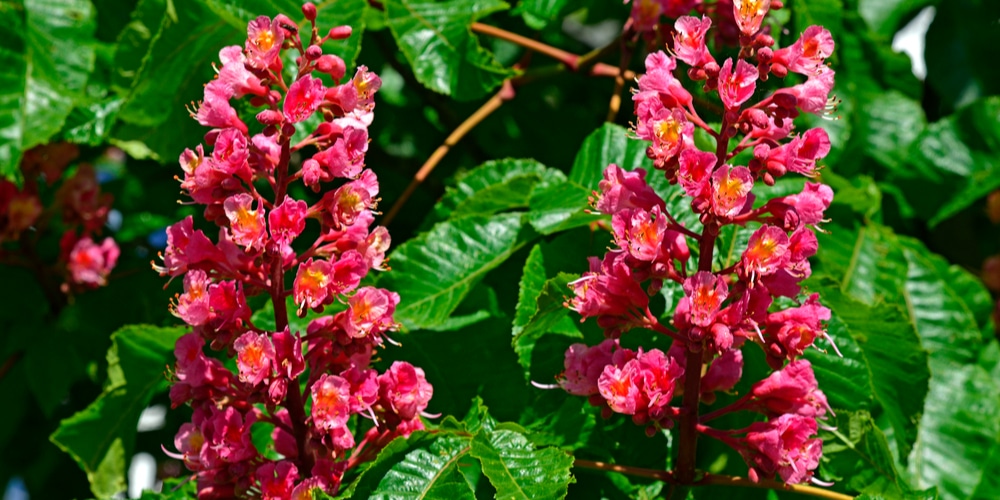People often underestimate the amount of natural beauty to be found in the state of Missouri. Located just east of the heart of the US, Missouri is beautiful year-round, especially in the springtime. The flowering trees in Missouri’s peak season are unlike any other, particularly those native to the state. This article will go over five beautiful flowering trees in Missouri, how they benefit the environment, and if you should consider adding one of them to your yard.
Eastern Redbud
Cercis canadensis, commonly known as the Eastern Redbud, is native to North America, including Missouri. It is a small tree famous for its spectacular magenta flowers that bloom from March to May. A mature Eastern Redbud generally gets between 15-30ft tall and can be up to 35ft wide.
The leaves of the Eastern Redbud provide food for many valuable pollinators, such as caterpillars, moths, and butterflies. Many species of birds will feed on the seeds, and the flowers produce nectar used by bees in the spring. The flowers can also be consumed by humans, either raw or cooked. This eye-catching tree is an excellent addition to any yard and provides shade and cover to many animals, benefitting our ecosystem in many ways.
Prairie Crab Apple Tree
The Prairie Crab Apple Tree, or Malus ioensis, is a Crabapple tree native to the US. They are small trees or large shrubs, growing 20-30ft tall and producing a thorny thicket. In summer, the beautiful white or pink flowers bloom, drawing in birds, bees, and butterflies. In fall, the leaves change to a dusty red color, mixed with yellow.
The Prairie Crab Apple Tree is a commonly used ornamental tree bound to draw in wildlife and boost our fragile ecosystem. Between August and September, thick, waxy fruits form on the tree eaten by many forest animals such as birds, foxes, deer, and more. They can also be eaten by humans, though they taste bitter.
Flowering Dogwood
Cornus florida, or Flowering Dogwood, is a flowering tree native to the Eastern and South-Central US. The Flowering Dogwood is the state tree of Missouri and is often planted in recreational areas such as parks and gardens. More often than not, the width of the tree is more significant than its height. It does best in well-drained soil and is relatively heat tolerant.
In the Southern region, flowers can begin to blossom as early as March, while April is more typical farther north. Wild Flowering Dogwoods generally produce white blooms, whereas cultivated trees can produce pink and occasionally even red blooms. These vibrant flowers attract many pollinators, especially butterflies. The fruit of the Flowering Dogwood is eaten by chipmunks, turkey, deer, and other wildlife.
Pawpaw
The famous Pawpaw tree, scientifically known as Asimina triloba, produces the largest fruit in North America that humans can consume. The small tree can reach heights up to 45ft, though 15-30ft is average. During the spring months, the Pawpaw produces small maroon-colored flowers. Their less-than-pleasant scent draws in pollinators such as beetles and flies.
The fruit, primarily consumed by wildlife, begins forming in the summer and becomes ripe by mid-September. This wild-growing American fruit is said to have sustained Lewis and Clark on their journeys and was a favorite of George Washington. Scientists advise using caution, however, as the outside of this fruit and its leaves can cause a rash similar to that of poison ivy.
Red Buckeye
Native to the Southeastern US, the Red Buckeye, or Aesculus Pavia, produces some of the most vibrant red blooms Missouri offers. The bright red flowers draw in hummingbirds and butterflies, making them ideal for gardens or recreational areas. This small tree only gets between 10-25ft tall, ideal for sidewalks and patio accents.
In the fall, Red Buckeye produces a fruit/nut that, though toxic to humans and most mammals, contains a compound used in making soap and has been used for centuries.
Conclusion
As we’ve seen, there are so many flowering trees throughout Missouri whose blossoms you wouldn’t want to miss. Many of these are slow-growing, long-living trees, so you can enjoy them for years. Whether for ornamental purposes, environmental benefits, or just to add some shade to your yard, these are some fantastic and beautiful options that will suit you well.
You may also be interested in finding out about flowering trees in Utah or trees with yellow flowers in Florida.
